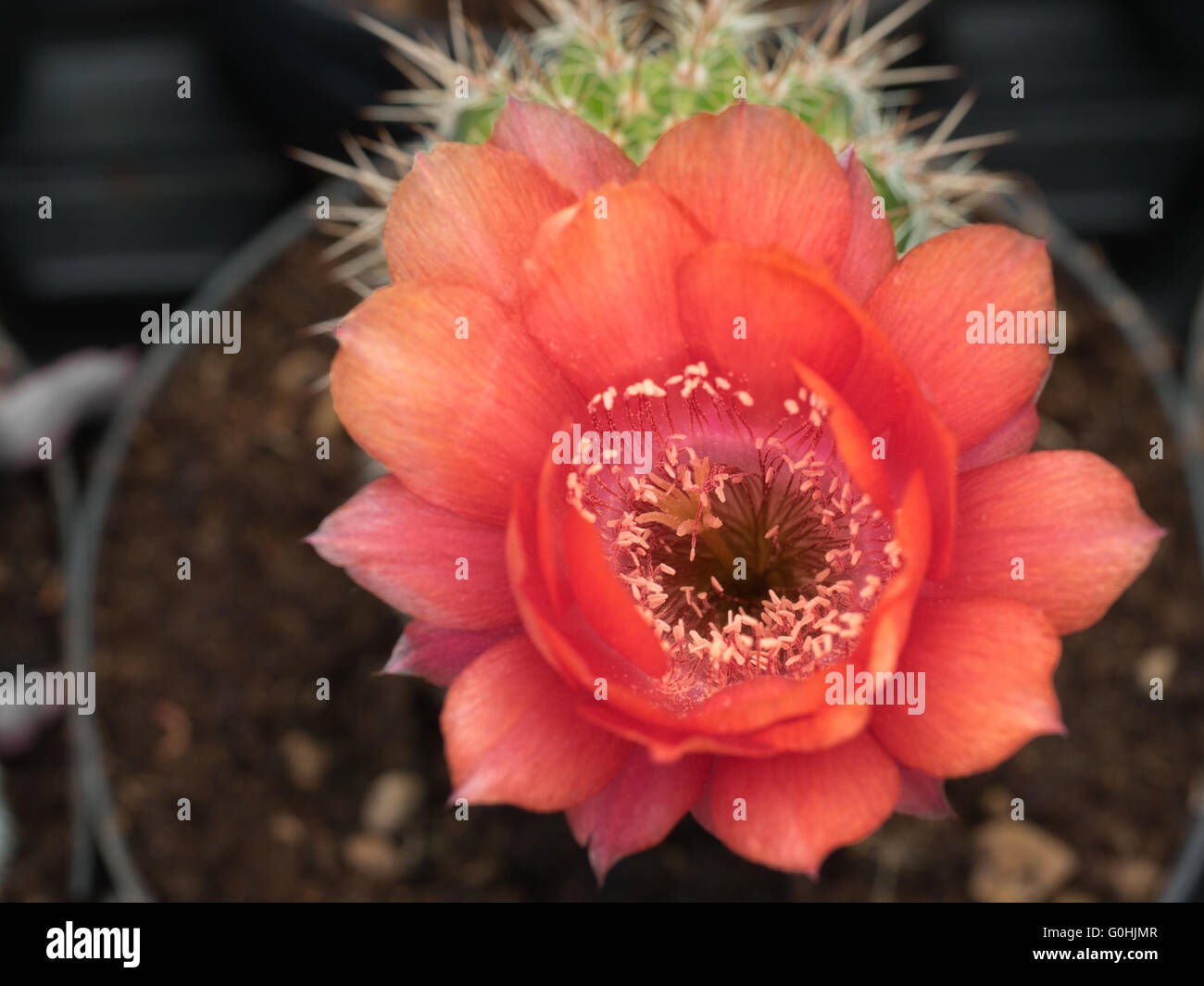Do All Cacti Flower? Understanding the Flowering Habits of Cacti
Have you ever pondered if every cactus graces its beholder with a stunning bloom? This is a question that not only piques curiosity but also leads to an exploration of the intricate world of cacti and their flowering habits. While cacti are often associated with formidable spines and arid landscapes, their reproductive strategies reveal a fascinating and diverse spectrum. Understanding whether all cacti flower involves delving into their evolutionary adaptations and ecological contexts.
Before embarking on this journey, it is essential to clarify what constitutes a cactus. Cacti belong to the family Cactaceae, characterized by their succulent stems, unique photosynthetic processes, and adaptations to survive in harsh environments. These adaptations play a crucial role in whether a cactus will produce flowers and hence reproduce, adding depth to the inquiry at hand.
Flowering as a Defense Mechanism: Nature’s Strategy
In the realm of evolution, flowering can serve multiple purposes, one of which is attracting pollinators. Many cacti bloom spectacularly, showcasing vibrant colors and intriguing shapes. This blossoms are not merely for aesthetic pleasures; they signal the availability of nectar, enticing various pollinators such as bees, butterflies, and birds. Some species have evolved to become reliant on specific pollinators, making their flowers a pivotal aspect of their survival.
However, not every cactus follows this flowery path. Some species may refrain from blooming due to adverse environmental conditions. Cacti adapted to arid habitats often flower under specific conditions, usually after sufficient rainfall, which signals the optimal time for pollination and seed dispersal. Therefore, those living in perpetually dry or unstable environments may exhibit flowering irregularities.
It is essential to also consider the age of the cactus. Many species require several years—sometimes even decades—before they reach maturity and can produce flowers. This aspect adds another layer of complexity to the question of whether all cacti flower, as young or immature plants inherently lack the capacity to reproduce.
The Role of Climate and Habitats in Flower Production
The ecological niche occupied by a cactus significantly influences its propensity to flower. For instance, desert cacti are exposed to extreme conditions, fluctuating between scorching heat during the day and freezing temperatures at night. Such environmental stressors can either catalyze or inhibit flowering.
For example, species like the Saguaro cactus (Carnegiea gigantea) may only bloom once a year, nearly synchronizing their flowering cycle with the arrival of summer rains. In contrast, cacti residing in more temperate climates might have longer blooming seasons due to the more stable weather patterns.
Additionally, the nutrient availability within their habitat plays a substantial role. Cacti in nutrient-poor soils must adapt by conserving energy, which can limit their flowering efforts. Consequently, the ecological insights reveal that while many cacti do bloom, their flowering habits are far from uniform.
Phenomenon of Asexual Reproduction
Another captivating aspect of cacti is their ability to reproduce asexually. This method diverges from the conventional flowering narrative and allows cacti to propagate even in the absence of flowers. Certain species can produce offsets, or ‘pups,’ that grow from the parent plant. Asexual reproduction benefits cacti, particularly in environments where pollinators are scarce, or where climatic conditions are inhospitable for blooming.
The apex of this reproductive strategy is evident in species like the Opuntia genus, commonly known as prickly pear. These ingenious plants can thrive and proliferate even when their flowering potential is limited. This resilience underscores the adaptability of cacti as they continue to evolve in varying ecosystems.
Challenges in Cultivation: A Gardener’s Perspective
For horticulturists and hobbyists, the question of whether all cacti flower extends into the practical realm of cultivation. Many enthusiasts may find themselves disheartened when their beloved cactus remains devoid of flowers. Several factors come into play here, including the age of the cactus, the amount of light it receives, and the care provided.
Cacti require optimal growing conditions to encourage blooming. For instance, insufficient sunlight can thwart flowering efforts, as these plants thrive in full sun. Likewise, improper watering techniques—over or under-watering—can lead to counterproductive results. The delicate balance of care is instrumental in promoting health and flowering potential.
Moreover, some cacti may have specific seasonal cycles regarding their growth and flowering. Understanding these cycles is vital for maximizing the potential for blooms. Consequently, those seeking to grow cacti need to consider these holistic factors, embracing patience and observation along the way.
Conclusion: An Intricate Tapestry of Blooming Diversity
The question of whether all cacti flower is nuanced and layered, offering insights into the broader behavioral ecology of these resilient plants. While many cacti boast magnificent blooms as a testament to survival strategies, others may forgo flowering altogether due to a range of environmental and physiological factors. Ultimately, the diverse flowering habits of cacti reflect a complex interplay between evolution, habitat, and the distinct needs of each species. As such, understanding the ecology behind these remarkable plants deepens appreciation and paves the way for mindful cultivation and conservation efforts.





Leave a Comment